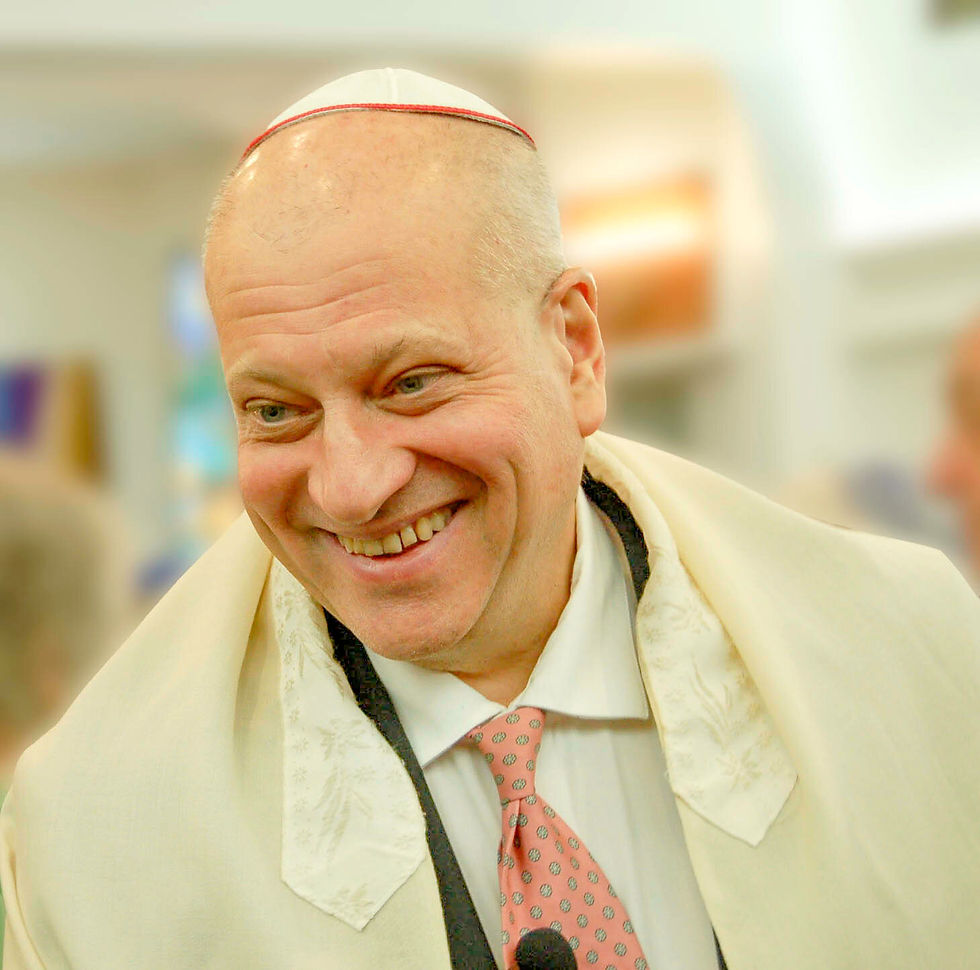The Story of the Young Soldier Killed in Mexico
- danaevankaplan
- Dec 28, 2024
- 2 min read

The Springhill Avenue Temple cemetery is a beautiful part of Mobile filled with history. One of the men buried in it, in particular, was a Mobilian who was involved in the American siege of Veracruz, Mexico, in April 1914.
Esau Frolichstein, who was buried in the cemetery on May 14, 1914, was one of fourteen American soldiers killed when the United States intervened in the Mexican Revolution. The U.S. occupied the Mexican port city of Veracruz as a response to the Tampico Affair of April 9, 1914. The U.S. and Mexico were getting along very poorly at this time due in large part to the ongoing Mexican Revolution. The Tampico Affair began when nine American sailors were arrested by Mexican government for entering an off-limits area in Tampico called Tamaulipas. The unarmed sailors were arrested and then released.
The U.S. demanded a full apology and a twenty-one gun salute. The Mexican government apologized but declined to perform the salute. President Woodrow Wilson ordered the American Navy to occupy the port of Veracruz. Before Congress could authorize any military action, Wilson was informed that a delivery of weapons was due to arrive in the port on April 21. Wilson ordered the U.S. Navy to seize the customs office and confiscate the weapons. American warships prepared to seize the Veracruz waterfront on the morning of April 21, 1914. At about 11:30 am, a group of U.S. Marines, known as “blue jackets,” from the USS Florida battleship began landing operations along with other Marines from the USS Prairie. The marines landed without opposition and began marching towards the customs building. The Mexican forces retreated.
Three U.S. Navy rifle companies were ordered to capture the customs house and the post and telegraph offices. The Marines were ordered to capture the railroad terminal, roundhouse and yard, cable office, and power plant. While the landing was unopposed, battles broke out later. Just after noon, fighting began in the rail yards. By the night of April 21, the American commander decided that he would have to take over the whole city rather than just the waterfront in order to secure their position. Five additional battleships and two cruisers had reached Veracruz overnight, and a regiment of 1200 men was deployed. The resulting street-to-street fighting resulted in several casualties, including the young man buried in our cemetery.
Thousands of Mobilians took part in the burial service of Esau Frolichstein. The marker is inscribed with a letter he wrote to his parents the night before the attack on Veracruz: “Don’t be afraid if I get killed, for the old saying--rather die a hero than live a coward. Will land at Veracruz in about four hours.” He was killed the next day during the siege.




Comments